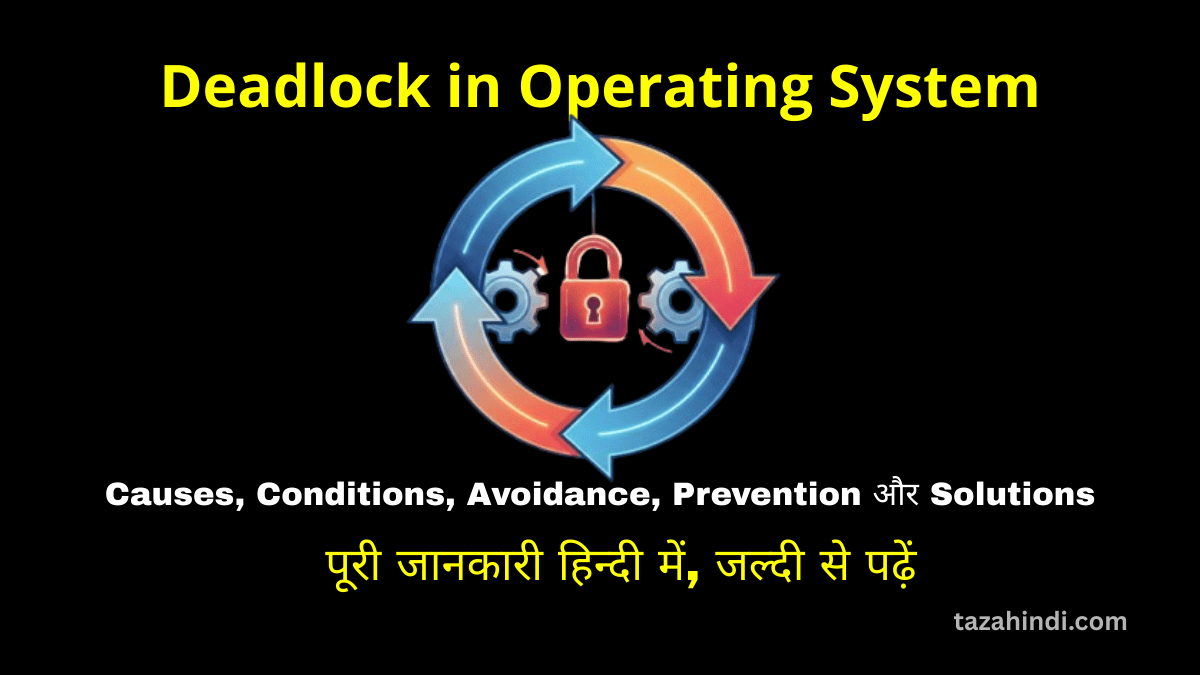In the realm of programming, data structures play a crucial role in storing and manipulating collections of items. Two commonly used data structures are lists and sets. While both serve the purpose of organizing data, they have distinct characteristics and are suitable for different scenarios. In this tutorial, you will get complete information about what is List and Set, role of List and Set, their functions, operations and concluded with a clear picture of what are the difference between Sets and Lists.
Definition of List ?
In programming, a list is a data structure that allows the storage and manipulation of ordered collections of items. Each item in a list is assigned an index, which determines its position within the list. Lists can store heterogeneous elements, meaning they can accommodate different data types, such as numbers, strings, and even other lists. Lists are mutable, allowing for modifications such as adding, removing, or updating elements.
Role of lists in storing and manipulating ordered collections of items
Lists play a fundamental role in programming as they enable the storage and manipulation of ordered collections of items. By preserving the order of elements, lists provide a reliable way to organize and retrieve data. For instance, a list of names can be sorted alphabetically or in any custom-defined order. This feature makes lists suitable for scenarios where the sequence of elements holds significance, such as maintaining a history of user actions or implementing queues and stacks.
Also Read : Difference between Static and Dynamic Memory Allocation
Examples of List declaration and operations
List declaration in programming languages varies slightly, but the core concept remains consistent. Here’s an example in Python:
my_list = [1, 2, 3, 4, 5]
This declares a list named ‘my_list’ with five elements. Various operations can be performed on lists, including appending, inserting, removing, and accessing elements. For instance:
my_list.append(6) # Adds element 6 to the end of the list
my_list.insert(2, 7) # Inserts element 7 at index 2
my_list.remove(3) # Removes the element with value 3
print(my_list[0]) # Retrieves the element at index 0 (value: 1)
Dynamic nature of lists
One of the key advantages of lists is their dynamic nature. They can grow or shrink as needed, allowing for flexibility in handling changing data. New elements can be added or removed dynamically without predefined size constraints. This dynamic behavior makes lists highly adaptable and suitable for scenarios where the number of elements may vary over time.
Also Read : Difference between Tuple and List
Uses of Lists
Lists find extensive use across various programming applications. Some common use cases include:
- Storing and manipulating collections of data.
- Implementing data structures like queues, stacks, and linked lists.
- Representing ordered sequences, such as a history of actions.
- Sorting and searching algorithms that rely on maintaining element order.
What is Set ?
Sets are another important data structure in programming, designed for storing unique and unordered collections of items. Unlike lists, sets do not maintain any inherent order, and each element can appear only once. Sets are particularly useful when dealing with problems that require eliminating duplicate values or checking membership efficiently.
Role of Sets in storing unique and unordered collections of items
The primary role of sets in programming is to store unique and unordered collections of items. Sets ensure that no duplicate elements are present, which can be crucial in scenarios where uniqueness is a requirement. Sets also offer efficient membership testing, allowing programmers to quickly check whether an item exists in the set or not. These characteristics make sets valuable in tasks such as removing duplicates from a list or implementing algorithms that rely on unique elements.
Also Read : Difference between Keyword and Identifier
Examples of Set declaration and operations
Set declaration typically involves enclosing elements within curly braces ({}) or by using a constructor method provided by the programming language. Here’s an example in Python:
my_set = {1, 2, 3, 4, 5}
This declares a set named ‘my_set’ with five unique elements. Sets support various operations, including adding elements, removing elements, and performing set operations like union, intersection, and difference. For instance:
my_set.add(6) # Adds element 6 to the set
my_set.remove(3) # Removes the element with value 3
other_set = {4, 5, 6, 7}
union_set = my_set.union(other_set) # Creates a new set with elements from both sets
intersection_set = my_set.intersection(other_set) # Creates a new set with common elements
Unique and unordered nature of sets
Sets enforce uniqueness by disallowing duplicate elements. When adding an element that already exists in the set, it does not create a duplicate entry. The unordered nature of sets means that the elements are not stored in any specific sequence. This lack of ordering provides efficient membership testing and enables operations such as union, intersection, and difference.
Benefits of using Sets
Using sets as a data structure offers several advantages, including:
- Ensuring uniqueness: Sets automatically eliminate duplicate elements, simplifying data manipulation tasks.
- Efficient membership testing: Sets provide a fast way to check whether an item exists in the set or not.
- Set operations: Sets support operations like union, intersection, and difference, allowing for advanced data manipulation.
Also Read : How to create a website without paying any money
Difference between Sets and Lists
While both sets and lists serve the purpose of storing collections of items, they differ in several key aspects:
| Lists | Sets |
| Lists maintain the order of elements. | While sets do not guarantee any specific order. |
| Lists can contain duplicate elements. | Whereas sets enforce uniqueness by eliminating duplicates. |
| Lists use indexes to access and modify elements. | Sets do not provide direct indexing. |
| Lists are suitable for scenarios where the order and duplication of elements matter | Sets are preferred when uniqueness and efficient membership testing are crucial. |
Note: You can easily learn the difference between Lists and Sets by watching the video given below:
Conclusion
Lists and Sets are essential data structures in programming with distinct characteristics and use cases. Lists provide ordered collections that can accommodate duplicate elements and are suitable for scenarios where the sequence and duplication matter. On the other hand, sets offer unordered collections with unique elements, making them efficient for tasks involving uniqueness and membership testing. Understanding the differences between lists and sets empowers programmers to choose the appropriate data structure for their specific requirements.
FAQs
-
Can lists contain duplicate elements?
Yes, lists can contain duplicate elements, unlike sets that enforce uniqueness.
-
Are sets faster than lists for membership testing?
Yes, sets offer faster membership testing compared to lists due to their internal data structure.
-
Can sets maintain the order of elements?
No, sets do not guarantee any specific order of elements.
-
Which data structure is suitable for implementing a queue?
Lists can be used to implement a queue by adding elements to one end and removing them from the other.
-
When should I use sets instead of lists?
Sets are preferred when you need to ensure uniqueness or perform efficient membership testing, while lists are suitable when preserving the order and allowing duplicate elements are important.



